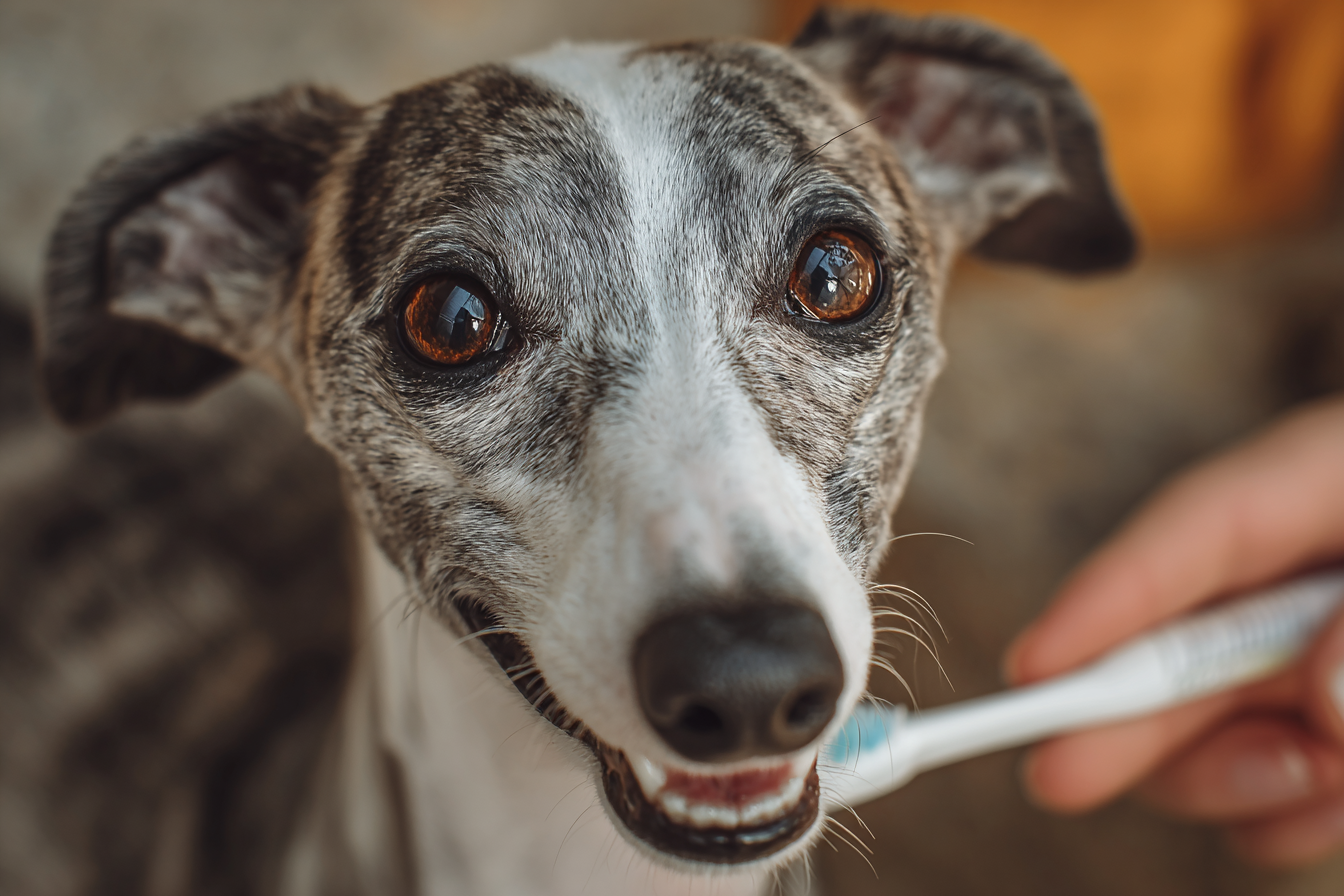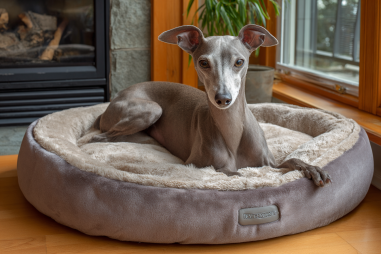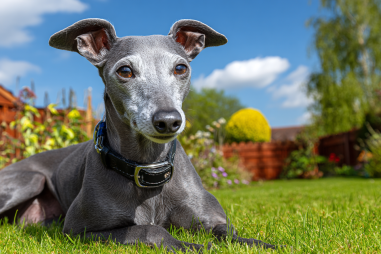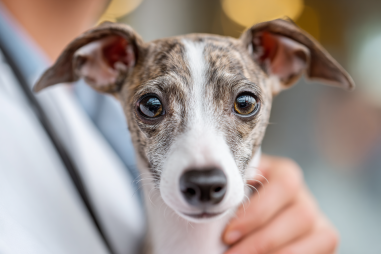Maintaining your Italian Greyhound’s dental health is an essential part of keeping your furry friend happy and healthy. Dental problems can cause discomfort, pain, and even serious health issues if left untreated. By understanding the importance of dental care and adopting the right habits, you can help your Italian Greyhound enjoy a sparkling smile and strong gums throughout their life.
Why Dental Care Matters for Italian Greyhounds
Italian Greyhounds, with their delicate jaw structure and fine teeth, are particularly prone to dental issues. Good dental hygiene plays a crucial role in preventing plaque buildup, gum disease, and tooth decay. Beyond just keeping their teeth clean, healthy gums and teeth contribute to your dog’s overall wellbeing by preventing infections that might spread to other organs such as the heart and kidneys.
Regular dental care also prevents bad breath, which is a common sign of oral problems. By staying proactive, you can help your Italian Greyhound avoid painful dental problems and costly veterinary treatments down the line.
Common Dental Problems in the Breed
Understanding which dental issues frequently affect Italian Greyhounds helps owners recognize symptoms early and act fast. Some common dental problems faced by this breed include:
- Periodontal Disease: This is the most common issue, characterized by inflammation and infection of the gums and supporting structures around the teeth. It often starts with plaque and tartar deposits.
- Tooth Fractures: Due to their slender jaws, Italian Greyhounds are more susceptible to broken or cracked teeth, especially if they chew on hard objects.
- Retained Baby Teeth: Sometimes the adult teeth fail to replace the puppy teeth properly, leading to overcrowding and increased risk of dental disease.
- Gingivitis: Early gum inflammation that, if untreated, can progress to more severe periodontal problems.
- Bad Breath (Halitosis): Often a sign of underlying dental disease or infection.
Early detection and management are essential to prevent progression and ensure your Italian Greyhound’s comfort and health.
Daily Brushing Techniques
One of the best ways to maintain your Italian Greyhound’s dental health is to establish a daily brushing routine. While it might take some patience to get your dog comfortable with brushing, the benefits are well worth the effort.
Here are some tips to help you get started:
- Choose the Right Toothbrush: Use a soft-bristled toothbrush designed specifically for dogs. Finger brushes can also be helpful for smaller mouths like those of Italian Greyhounds.
- Pick a Dog-Friendly Toothpaste: Never use human toothpaste, as it contains ingredients that can be toxic to dogs. Specially formulated canine toothpaste usually comes in flavors dogs find appealing, like poultry or peanut butter.
- Start Slow and Be Gentle: Let your dog sniff and taste the toothpaste first. Gradually introduce brushing by gently rubbing the teeth and gums with your finger or a brush.
- Focus on the Outer Surfaces: Most plaque forms on the outside of the teeth, so focus on these areas, especially the back molars where tartar tends to build up.
- Keep Sessions Short: A minute or two is plenty, especially in the beginning. Consistency is more important than duration.
With patience and regular practice, most Italian Greyhounds learn to tolerate and even enjoy the routine.
Choosing Dental Treats and Toys
Alongside brushing, choosing the right dental treats and toys can further support your Italian Greyhound’s oral health. Dental chews and toys help reduce plaque and tartar through mechanical action, plus they provide mental stimulation and satisfy your dog’s natural chewing instincts.
When selecting treats and toys, consider the following:
- Size and Texture: Choose appropriately sized items for your Italian Greyhound’s small mouth. Avoid anything too hard that may risk tooth fractures.
- Vet-Approved Products: Look for dental treats and toys approved by veterinary dental organizations or recommended by your vet.
- Ingredients: Opt for treats made with natural, non-toxic ingredients and avoid those with excessive sugars or additives that can worsen dental health.
- Variety: Rotate between different dental toys and treats to keep your dog interested and ensure comprehensive dental benefits.
Popular options include rubber chew toys designed for teeth cleaning, dental bones infused with enzymes, and specially formulated dental biscuits.
When to Seek Veterinary Dental Care
Even with diligent home care, there will be times when professional veterinary dental intervention is necessary. Regular veterinary check-ups should include oral exams to catch issues that may require treatment beyond brushing and chews.
You should consult your veterinarian promptly if you notice signs such as:
- Persistent bad breath
- Red, swollen, or bleeding gums
- Loose, fractured, or missing teeth
- Difficulty eating or pawing at the mouth
- Excessive drooling or discomfort
Veterinarians can provide professional cleaning under anesthesia, scaling to remove tartar, tooth extractions if necessary, and medications to treat infections or inflammation. Early veterinary dental care can prevent more serious health complications and improve your Italian Greyhound’s quality of life.
Maintaining Oral Hygiene Long Term
Maintaining your Italian Greyhound’s dental health is an ongoing commitment. It combines daily care with periodic veterinary visits to ensure sustained oral hygiene.
Effective long-term care tips include:
- Brushing teeth daily or at least several times a week
- Incorporating dental treats and toys regularly
- Scheduling biannual or annual veterinary dental checkups
- Monitoring your dog’s mouth for any signs of trouble
- Providing a balanced diet that supports oral health
Maintaining these habits throughout your Italian Greyhound’s life can lower the risk of dental disease, reduce veterinary expenses, and enhance their comfort.
Smiles That Last a Lifetime
Caring for your Italian Greyhound’s dental health is a vital aspect of their overall well-being. Through consistent daily brushing, choosing the right treats and toys, and seeking timely veterinary care, you can help your beloved companion maintain a healthy, pain-free smile. A little effort each day leads to a lifetime of happy tail wags and joyful moments shared with your faithful friend.







